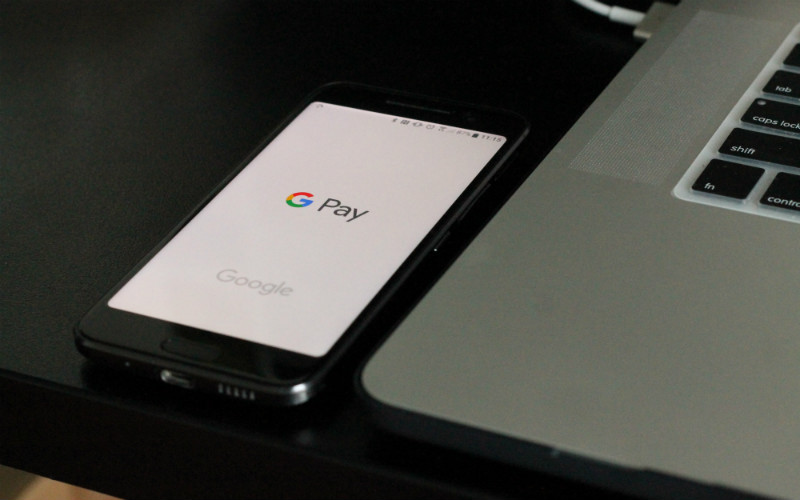What is a joint savings account?
A joint savings account is typically held by two or more people, yet operates in a similar manner to a regular savings account. Where a regular savings account operates with a sole person able to deposit into the account, a joint savings account allows all account holders to deposit money and withdraw from the account.
Joint savings accounts aren’t usually separate bank account products. They’re simply a standard savings or transaction account held in more than one person’s name. With a joint savings account, you have two incomes earning interest instead of one, and twice the savings power. By linking a joint transaction account to your savings account, you can also allocate more than one income towards bills and living expenses.
Types of joint savings accounts
There are two different ‘types’ of joint savings accounts, which are really just different ways of opening an account. These are:
-
Both parties to sign: Each party, being the people with the account, must sign an agreement before the other person can spend money from that account.
-
Either party to sign: Both parties can transact independently of each other without needing approval.
Requiring both parties to sign means you’re not leaving yourself open to having your partner splurge all your savings on a new car for themselves without your approval, but is a less flexible option.
The ‘either party to sign’ method is perhaps a more true definition of a joint bank account as it implies trust of the other person.
Benefits of a joint savings account
Opening a joint savings account can have benefits for all parties including:
-
Payment of expenses: It's easier to pay for shared expenses from one account rather than two seperate accounts.
-
Less fees: A joint savings account has the potential to attract fewer bank fees as opposed to multiple individual accounts.
-
Everybody has access: All account holders oversee the inflows and outflows of cash into the savings account.
Risks of a joint savings account
Alongside the benefits, there are some risks associated with opening a joint savings account. These include:
-
Lack of independence: If you're used to having your own savings account and being in control of your inflows and outflows without answering to anyone, a joint bank account is the opposite. This has the potential to come with complications and tension if issues arise.
-
Potentially lose money: If you pool all of your money into a joint account and it's an 'either party to sign' account, you run the risk of losing your money.
-
Privacy: Sharing your finances in a joint account has the potential to generate privacy issues as transactions are visible to all account holders. This may cause either party to feel restricted if looking to purchase for the other person.
Savings.com.au’s two cents
Joint savings and transaction accounts are structured in similar fashion to everyday savings and transaction accounts, just with the addition of other account holders. Even if you are 100% trusting of the other person, you don’t have to allocate 100% of your funds to the joint account. You can open a joint savings account but still have your own personal account too – you could maybe allocate around 60-70% of your income to the joint account while keeping the remainder for yourself. Just avoid paying two sets of fees, and above all, ensure you and your financial partner/s are satisfied with the financial setup.
Article first published by William Jolly on 19 December 2018.



 Harry O'Sullivan
Harry O'Sullivan
 Emma Duffy
Emma Duffy













